“Oh, you dead, who at Gettysburg have baptized with your blood the second birth of freedom in America, how you are to be envied,” wrote New York Times war correspondent and grieving father Samuel Wilkeson.
Wilkeson knew that his son, 19-year-old lieutenant Bayard Wilkeson, had been injured and captured during the three-day long Battle of Gettysburg. It wasn’t until the Confederate retreat, however, that Wilkeson came across his son’s body on the battlefield and wrote those lamentations as much to help a distressed nation as to help himself find solace amidst profound anguish.

Lincoln states, “This is like a Dream I once had in Illinois,” while opening a Valentine from Columbia that contains broken chains and the 13th Amendment.
President Abraham Lincoln echoed these words in his Gettysburg Address, with some historians arguing that Lincoln was inspired by them when writing his address.
“We here highly resolve that these dead shall not have died in vain – that this nation, under God, shall have a new birth of freedom – and that government of the people, by the people, for the people, shall not perish from the earth,” Lincoln declared.
Such prophetic words have forever defined the battle, mixing the religious zeal of the era with democratic ideals in an attempt to maintain the righteousness of the Union cause. How else could the American people interpret nearly 51,000 casualties during the three days of fighting that devastated both the North and South?
Less than two years later, the Army of Northern Virginia surrendered to Union forces at Appomattox Court House, marking the virtual end of the war and ushering in a much less studied period of history: Reconstruction – the second birth of freedom that so many had been hoping for.
The nation ended its 150th commemoration of the Civil War by celebrating the anniversary of the peace agreement with Bells Across the Land. Our own Glatfelter bells rang for four minutes – one minute to recognize each year of the war.
However, just because the 150th commemoration of the Civil War has formally ended does not mean that public interest in the legacies of the war has passed.
“The Sesquicentennial has raised a legion of new issues, especially about the continuity of the war and Reconstruction, which are going to be the fuel of inquiry and self-examination for a long time to come,” said Allen Guelzo, the Henry R. Luce Professor of the Civil War Era and Director of the Civil War Era Studies. “The great figures of the war -- Grant and Lee, for instance -- will always attract interest, but I expect there will be a lot of curiosity over the next few years about their roles in Reconstruction, which were just as crucial as their roles as battlefield commanders.”
Recently, the National Park Service has committed itself to studying and raising awareness about Reconstruction.
Around campus, Gettysburg College’s Civil War Institute will be focusing on the impact and legacies of Reconstruction Era as well, and will use its annual summer conference to create a unique dialogue around that time period.
“We should take great satisfaction in the educational richness of this commemorative period,” said Executive Director of the Civil War Institute Peter Carmichael, “but we need to look beyond the 150th anniversary of the Civil War in order to advance the public discussion about Reconstruction. Gettysburg College’s Civil War Institute will continue this conversation with our audiences as we look beyond Appomattox and explore the revolutionary legacy of the Civil War.”
Students will have the opportunity to engage in those themes in and out of the classroom, as well. Both the Civil War era studies minor and the public history minor offer courses examining the Civil War and its legacies, while the CWI offers students the opportunity to gain practical experience interpreting history through the CWI Fellowship and the Pohanka Internship.
Check out our media coverage from the 150th Commemoration of the Civil War:
Allen Guelzo interviewed by CBS on anniversary of Lincoln's death
Allen Guelzo interviewed by WITF Smart Talk radio on the anniversary of Lincoln's assassination
Peter Carmichael hosted on WITF Smart Talk Radio to discuss Bells Across the Land
Allen Guelzo mentioned in NY Times piece on Dedication Day
College mentioned in WITF article about preservation of Lee's headquarters
Special thanks to Musselman Library's Special Collections for all of their help with research and artwork for this story.


 After diving deeper into the world of user experience, he attended Saint Thomas University for his MBA to learn business fundamentals, knowledge he felt was lacking in the world of user experience. After gaining that skill set, Donnelly’s next stop would be Expedia, which draws over 80 million shoppers and books over 30 million flights every year.
After diving deeper into the world of user experience, he attended Saint Thomas University for his MBA to learn business fundamentals, knowledge he felt was lacking in the world of user experience. After gaining that skill set, Donnelly’s next stop would be Expedia, which draws over 80 million shoppers and books over 30 million flights every year. “There’s currently a huge gap around millennials not being active in the community, but volunteering is a wonderful way for young professionals to donate their knowledge and time while also fleshing out their skills,” he said. “Once you build [volunteering] into your life, it’s just like anything else—working out, [etc.]. It becomes routine.”
“There’s currently a huge gap around millennials not being active in the community, but volunteering is a wonderful way for young professionals to donate their knowledge and time while also fleshing out their skills,” he said. “Once you build [volunteering] into your life, it’s just like anything else—working out, [etc.]. It becomes routine.”



 The survey results so far indicate that visitors to the website leave caring more about preservation and climate change after having read about Glacier National Park than they did before their visit, Gorczyca said. The results—a true product of interdisciplinary work—are being pitched and have the opportunity to run in not a scientific journal, but a communications one.
The survey results so far indicate that visitors to the website leave caring more about preservation and climate change after having read about Glacier National Park than they did before their visit, Gorczyca said. The results—a true product of interdisciplinary work—are being pitched and have the opportunity to run in not a scientific journal, but a communications one. 

 The first-year student from South Central Los Angeles discovered the art world when she interned for the Los Angeles County Museum of Art (LACMA) in high school with the education department. She never dreamed she’d return the following summer for a week-long intensive program as part of the prestigious 2015
The first-year student from South Central Los Angeles discovered the art world when she interned for the Los Angeles County Museum of Art (LACMA) in high school with the education department. She never dreamed she’d return the following summer for a week-long intensive program as part of the prestigious 2015 









 Britt, a junior Biology major, writes for the Gettysburgian newspaper, serves as a program coordinator for the Center for Public Service, and partners with community organizations like Big Brothers and Big Sisters. Like Guss-Nelson, she’s also a scientist. This past summer, she interned at the National Institute of Mental Health in the Amgen Scholars Program in Bethesda, Maryland, analyzing functional MRI scans to determine the effect of reward on the brain activity of patients suffering from depression. With a strong interest in psychiatry and neurology, Britt hopes to become a medical doctor for underserved populations in rural or urban areas.
Britt, a junior Biology major, writes for the Gettysburgian newspaper, serves as a program coordinator for the Center for Public Service, and partners with community organizations like Big Brothers and Big Sisters. Like Guss-Nelson, she’s also a scientist. This past summer, she interned at the National Institute of Mental Health in the Amgen Scholars Program in Bethesda, Maryland, analyzing functional MRI scans to determine the effect of reward on the brain activity of patients suffering from depression. With a strong interest in psychiatry and neurology, Britt hopes to become a medical doctor for underserved populations in rural or urban areas.












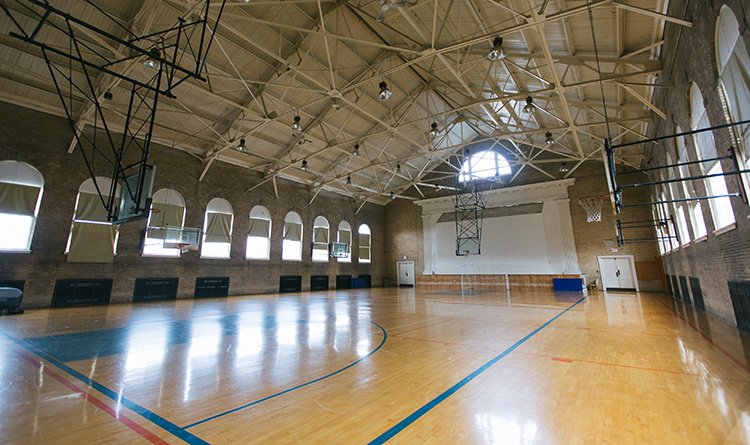

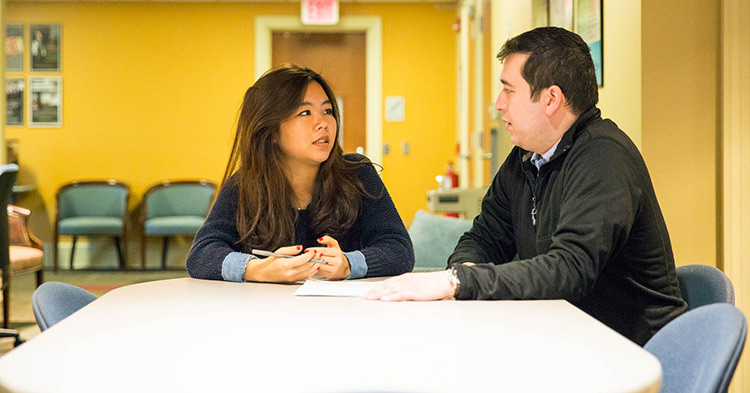
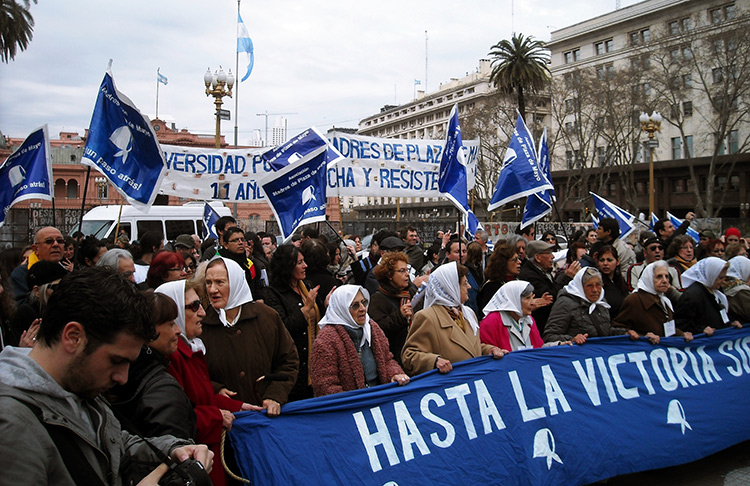
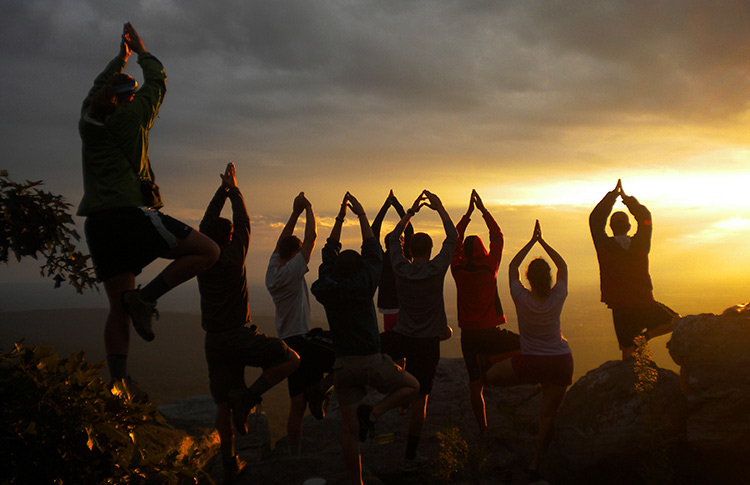
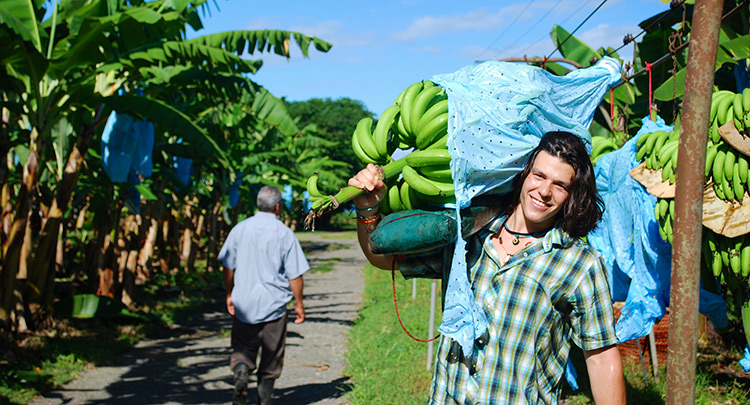

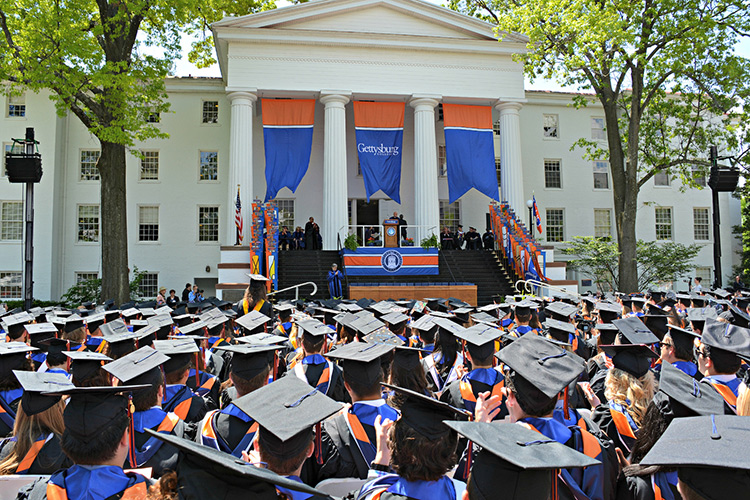
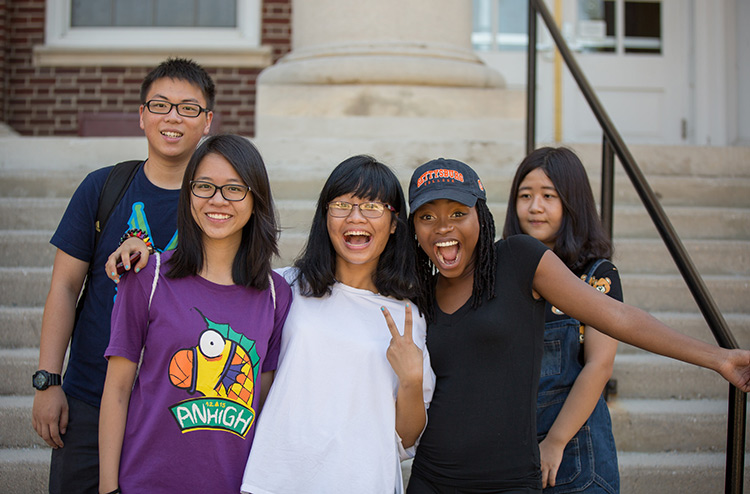
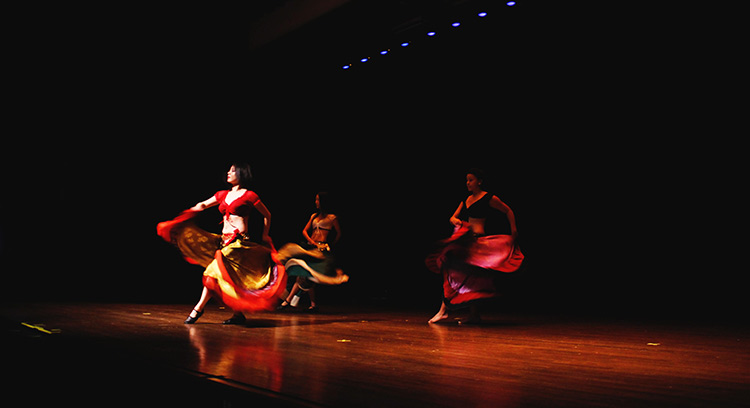
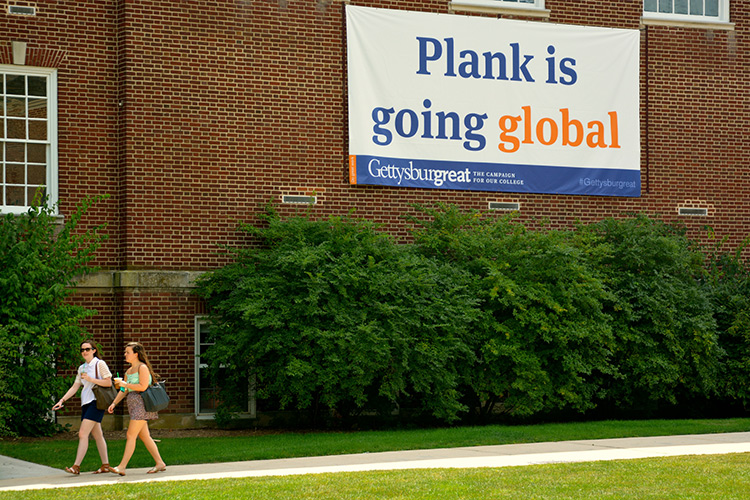
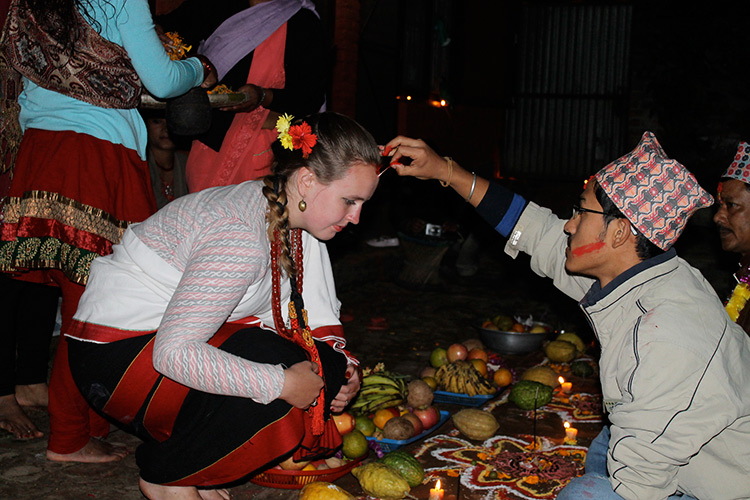

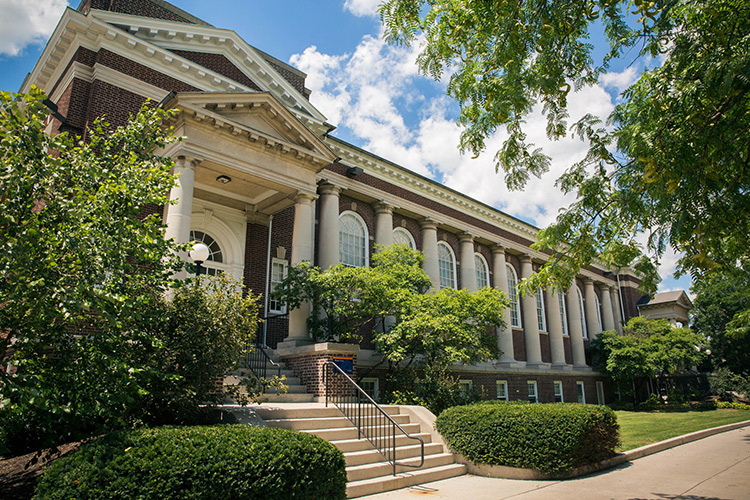
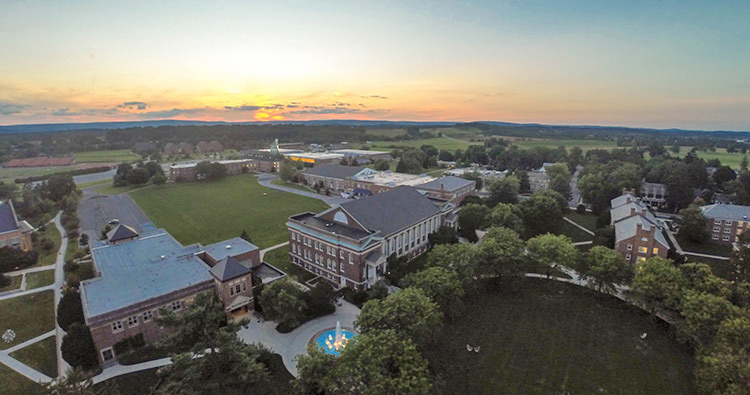
 And—like the Bunsen burner coming to life—that spark lit quite the flame.
And—like the Bunsen burner coming to life—that spark lit quite the flame.

